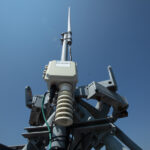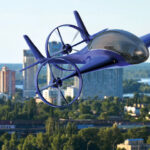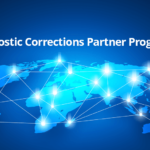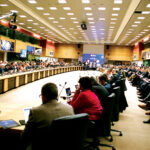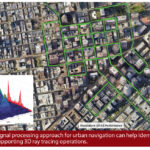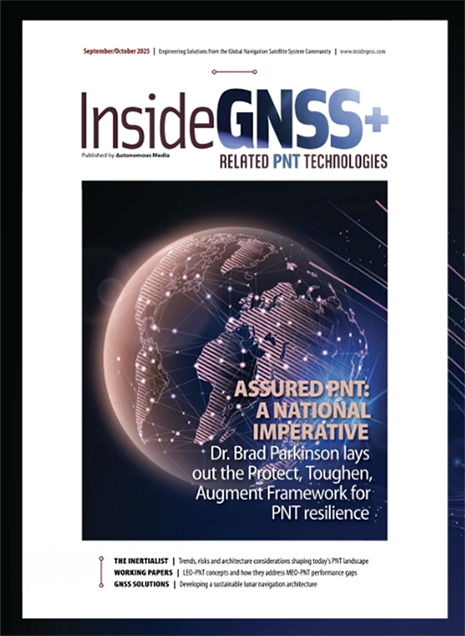JRC Report Looking at A-PNT Recognizes NextNav’s TerraPoiNT As Exceeding Industry Standards
Though widely used, GNSS is vulnerable, with the possibility of a widespread outage posing a major economic threat. Developing alternatives is critical, with such technologies the focus of a new report from the European Union’s Joint Research Centre (JRC).
By Inside GNSS
